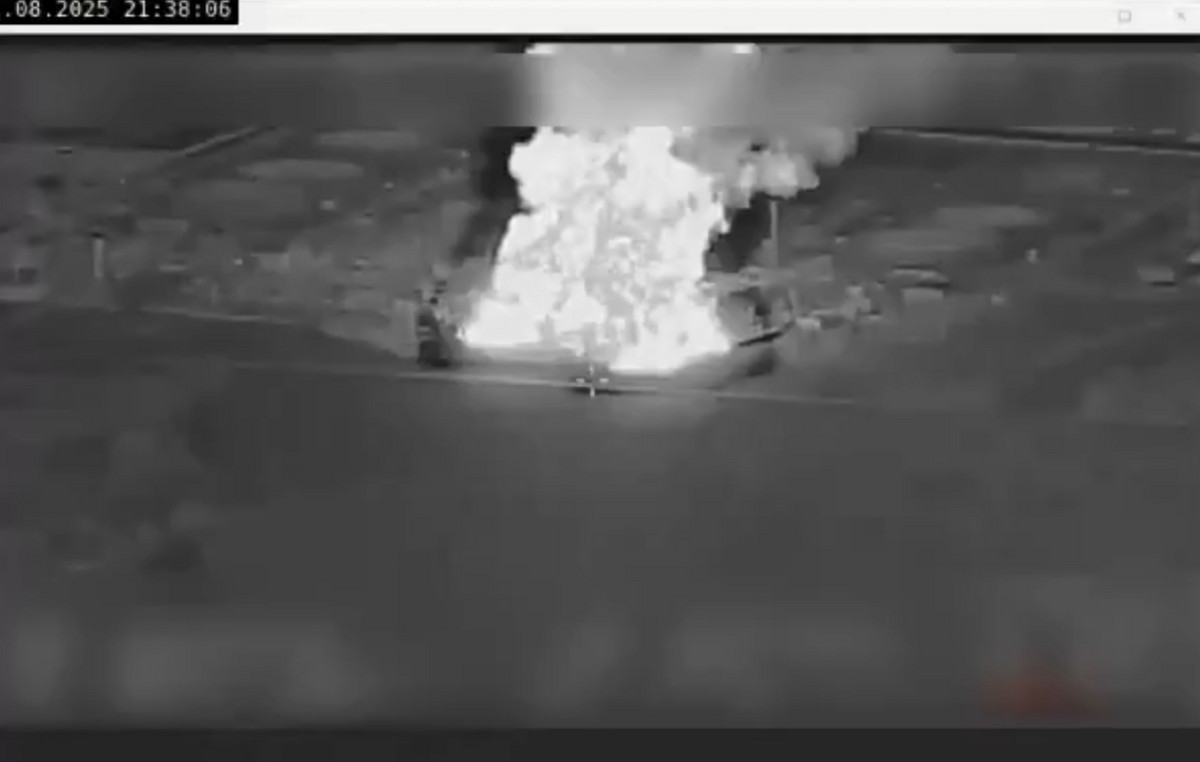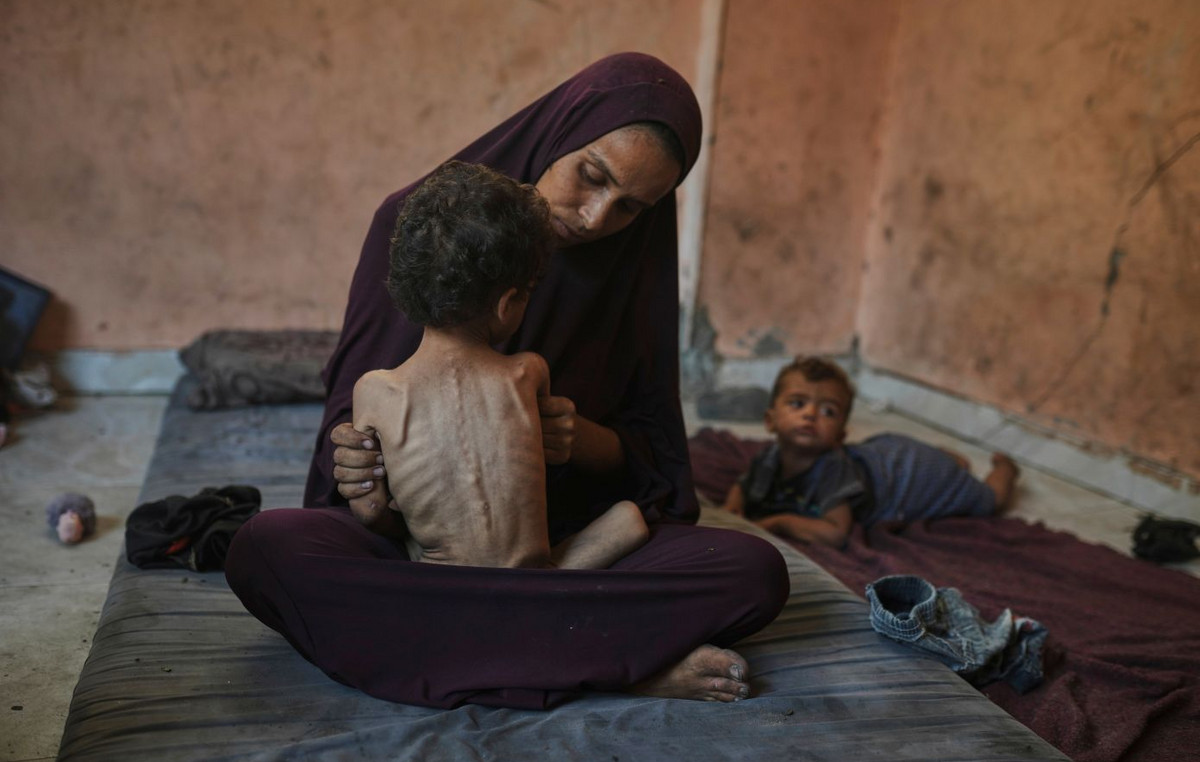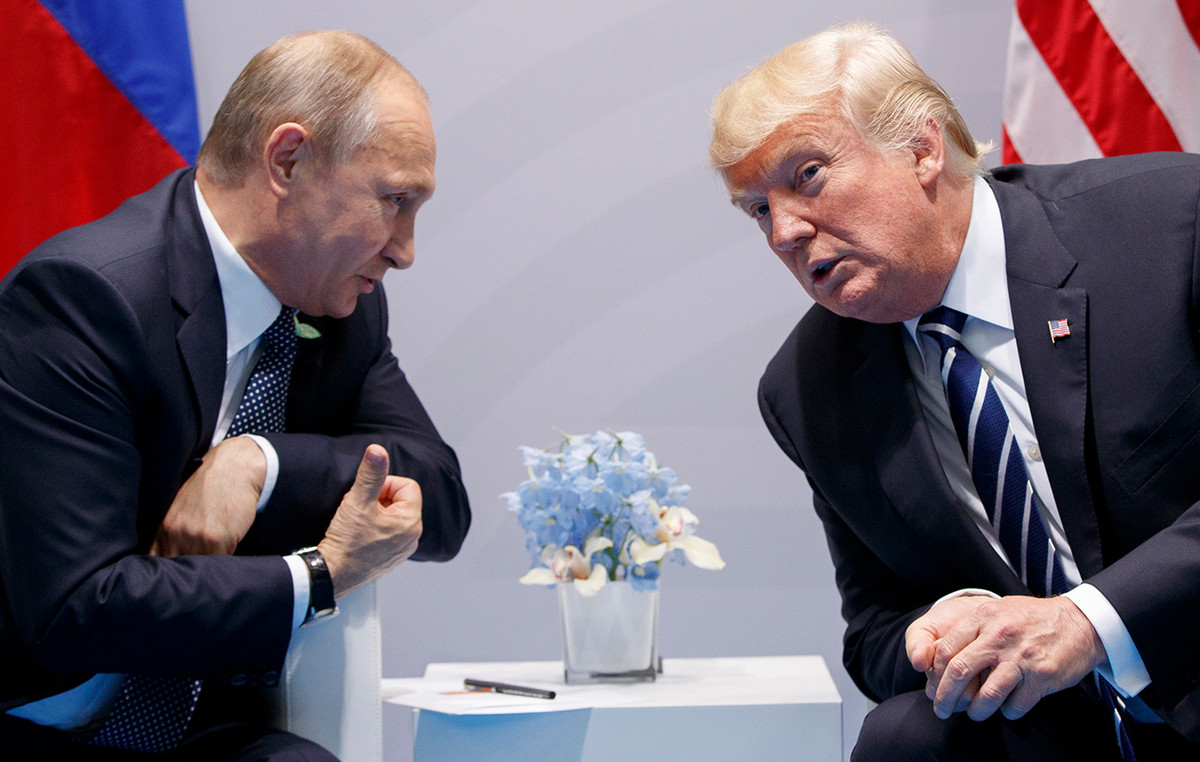The war between Israel and the radical Islamic group Hamas has entered a new level. With continued bombing of regions occupied by the Palestinian population, neighbors are preparing to enter the conflict at any moment, with Iran supporting a series of heavily armed groups.
Among the groups supported by Iran are Hamas and Islamic Jihad, which are part of an alliance called the “Axis of Resistance”. Iran’s Revolutionary Guard warned on October 17 of new actions by its allies against Israel if the country led by Benjamin Netanyahu did not cease its attacks.
Since the conflict began on October 7, the Iranian-backed Hezbollah group has mounted operations against Israel, while others have threatened US interests.
Lebanon
Hezbollah, which means “Party of God”, was created by Iran’s Revolutionary Guards in 1982 with the aim of fighting Israeli forces that invaded Lebanon. The group is to this day a declared enemy of Israel, which sees it as the biggest threat on its borders.
Since Hamas’ attack on Israel on October 7, attacks between Hezbollah and Israeli forces have intensified on the Lebanese-Israeli border, the likes of which have not been seen since 2006, when Hezbollah and Israel fought a war.
Since then, the group’s arsenal has expanded and its fighters — numbering tens of thousands — have even fought in Syria in support of President Bashar al-Assad in the Syrian civil war.
Hezbollah has trained paramilitary groups in Syria and Iraq and inspired other forces, such as Yemen’s Iran-allied Houthis.
Washington considers Hezbollah a terrorist group.
Remember: Iran warns Israel that attacks on Gaza could escalate the conflict
The United States holds Hezbollah responsible for a suicide bombing that destroyed the US Navy headquarters in the capital of Lebanon in October 1983, killing 241 soldiers, and for two suicide bombings of the US embassy in 1983 and its annex in 1984.
Hezbollah leader Sayyed Hassan Nasrallah, referring to these attacks and hostage-taking, said in a 2022 interview that such actions were carried out by small groups not linked to Hezbollah.
Iraq
The U.S. military thwarted an attack on its forces in Iraq early on Oct. 18, intercepting two drones before they could attack, two U.S. officials said after the first such attack on U.S. forces in Iraq in more than a year. year.
Iranian-backed Shiite groups emerged as powerful interveners in Iraq after the 2003 U.S.-led invasion. With tens of thousands of fighters, they played a leading role in the fight against the Islamic State, fighting as part of the Hashid Shaabi, or Forces of Popular Mobilization (PMF).
Some of the Iranian-backed Iraqi groups fought in Syria in support of Assad, another ally of Tehran.
They have a history of attacking US positions in Iraq. Reuters reported that in 2021 Iran had established secret Iraqi groups trained in drone warfare, among other tactics.
Syria
Iran’s Revolutionary Guard was sent to Syria during the civil war to help its ally Assad fight rebels. Tehran has always said that Iranian forces play an advisory role at Syria’s invitation. Hundreds of Iranians were killed.
Other Iranian-backed and Tehran-backed Shiite groups have played a vital role in the fighting in Syria, including groups from Afghanistan and Iraq.
Iranian-backed forces have been deployed across much of government-controlled Syria during the war, including on the border with Iraq and near the Israeli-occupied Golan Heights.
Israel has mounted airstrikes against Iranian forces that are supported by Iran.
Yemen
Yemen’s Houthi leader said on Oct. 10 that if U.S. forces entered the Gaza conflict directly, the group would respond by firing drones and missiles.
Iran defends the Houthis, who have been fighting a Saudi-led military alliance in Yemen since 2015, as part of its regional “Axis of Resistance”.
Saudi Arabia and its allies accuse Iran of arming and training the Houthis. But the extent of the relationship is disputed and Tehran has denied funneling weapons to Yemen.
The Houthis’ military influence includes ballistic missiles they have used against Saudi Arabia, including energy facilities. They deny being Iranian representatives and say they manufacture their own weapons.
The coalition also accuses them of attacks on commercial ships in the Red Sea, using boats loaded with explosives.
The Houthis claimed responsibility for an attack that temporarily cut off more than half of Saudi oil production in September 2019. The United States said Iran was behind the attack, which Tehran denied.
Gulf waters
The conflict between Iran and Western powers has long existed in the waters of the Gulf, where much of the world’s oil is transported. Since 2019, there have been a series of attacks on ships due to tensions between the United States and Iran.
The U.S. Fifth Fleet, based in Bahrain, is tasked with protecting commercial shipping in the area. Iranian naval forces include speedboats operated by the Revolutionary Guards.
In July, the US Navy said it acted to prevent Iran from seizing two commercial oil tankers in the Gulf of Oman.
See also: images show the Gaza Strip after Israeli attacks
Source: CNN Brasil
Bruce Belcher is a seasoned author with over 5 years of experience in world news. He writes for online news websites and provides in-depth analysis on the world stock market. Bruce is known for his insightful perspectives and commitment to keeping the public informed.







